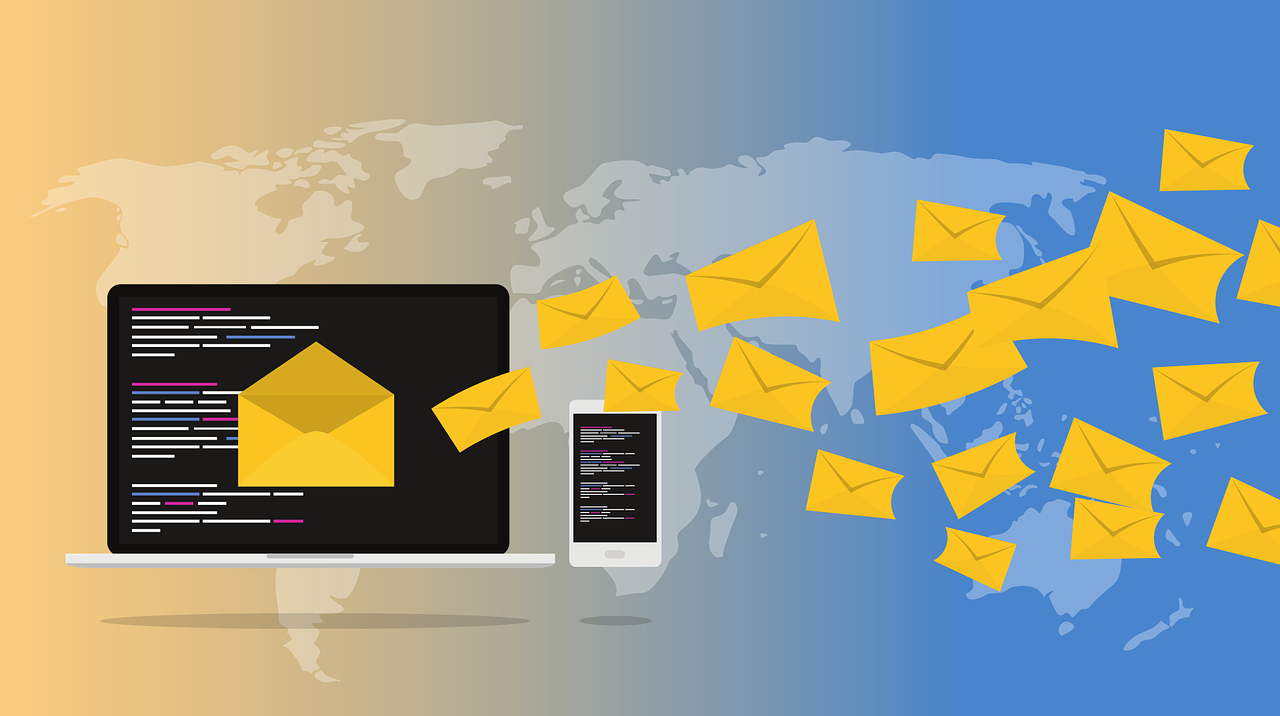Managing Email Overload in Customer Service

Managing Email Overload in Customer Service
12.10.2023
Email enquiries in customer service have increased significantly in recent years. In addition to other contact channels such as telephone and chats, it is increasingly becoming a challenge for employees to keep track of the flood of enquiries. In the following, we show how, in the first step, the amount of emails can generally be avoided or reduced and secondly, how incoming emails can be processed quickly and sustainably.
What measures do we recommend?
Avoidance of emails:
One way to avoid email chaos is to reduce the general volume of emails (see also our blog post on structured contact avoidance). By continuously counting and evaluating the reasons for contacting emails, answers to the most frequent enquiries can be proactively prepared and submitted to the customer (e.g., in the FAQs, in an Autobot, or directly to the product concerned on the website). This way the customer can save time and protect the company’s capacity. Open and transparent external communication also makes sense in the case of disruptions or delivery bottlenecks to avoid many of the same or similar reasons for contact. For example, proactive information on such exceptional circumstances can be positioned directly on the website’s contact page.
In general, the question should also be asked, whether an email is the best contact channel for the customer and one’s contact centre to answer enquiries efficiently. Which contact channel (email, contact form, telephone, chat) is the most suitable for which contact reason? For contact reasons which, for example, require customer identification, the telephone is appropriate. For contact reasons that need, for example, sending documents/photos, written correspondence is better. Once the decision has been made, only this contact channel(s) on all platforms (e.g., website, email signatures, packaging, user manual) should be published. I.e., internal company guidelines on publishing contact details must be distributed to all departments (see also our blog post on decluttering the “communigram”).
In many cases, the structured contact form is a more efficient and effective alternative to email. Precise query specifications mean that the enquiry can be routed directly to the correct department or employee, and the request can be answered more efficiently and (partially) automatically using artificial intelligence (AI).
Email processing:
When emails arrive at the customer service/contact centre, answering them as efficiently and effectively as possible is essential.
Efficiency is achieved by distributing email enquiries to the right employees. First, it should be defined which employees are specially trained for which questions and can thus answer them best and fastest. Subsequently, the customer service software can be taught to read and understand email concerns and content using AI. The software can then automatically route the enquiries to the right employee.
And the (partially) automated answering also creates efficiency. In the first step, it is necessary to develop answer templates for the enquiries. Then, the AI in the customer service software is gradually taught which answer suggestions fit which search. The customer service staff mainly does the continuous development of AI. In the beginning, they check every email from AI and show it what is correct through optional corrections. Next time, AI will pick out the correct answer suggestion.
Handling email requests effectively means answering customer enquiries with one response only. To avoid back-and-forth texting between customer and customer service, the customer service should already consider any possible return or further questions from the customer in its first reply (the most frequent return or other questions can also be tracked and evaluated). Therefore, the integration of links to further product information, instructions for use or spare parts lists, information on return options, and much more is recommended. The higher the First Contact Resolution Rate (FCR), the more satisfied the customer.
Quick wins in implementation:
Before starting with contact avoidance strategies and (partial) automation, the reasons for contact should be listed. For each reason for contact, it should then be analyzed how often the enquiry occurs, how time-consuming the response is, and how easy it is to implement contact avoidance through self-service or automation through AI when responding by email. The most frequent enquiries with the most significant effort and accessible contact avoidance or automation option should be considered first. Step by step, solutions for efficient and effective responses are then developed for the other queries.
What are the benefits for you?
In contact avoidance in customer service and also in the efficient and effective handling of email enquiries, the goal is, on the one hand, to improve the customer experience with the company. The customer should make as little effort as possible to get the solution to a problem or a question about the product. On the other hand, it is about relieving the employees. Through fast (partially) automated filtering and processing of simpler enquiries, customer service employees can focus on more complex questions, increasing the customer experience. Contact avoidance and automation will gradually reduce the effort required to handle email enquiries. Employees are constantly asked to evaluate the reasons for contact, generate solutions for them in self-service, and optimize the automation in the customer service software.

